
views
- Signs you have a slipping transmission include: high RPMs, an inability to reverse, strange smells, odd noises, and delayed acceleration when you press the gas.
- The occasional slip when you’re driving up or downhill is no big deal; this is totally normal for a transmission.
- Outside of refilling the transmission fluid in the event that it’s low, most transmission issues are likely to require a mechanic.
Causes & Solutions

Low transmission fluid Refer to your manual to find the transmission dipstick. It’s usually in the back of the engine bay behind the engine, and the dipstick should be color-coded. When the vehicle has been resting a few hours, pull the dipstick out. If the fluid is below the “warm” hash mark on the dipstick, this is likely the problem. Solution: Purchase transmission fluid designed for your specific make, model, and transmission. Top the fluid off until it meets the “cold” hash mark on your dipstick. Transmission fluid should, in theory, never be low. You’ve likely got a leak somewhere that needs to be fixed, but this isn’t a DIY job. See a mechanic soon.
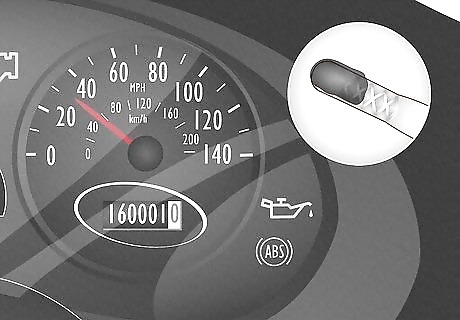
Bad transmission fluid Transmission fluid goes bad every 100,000 miles (160,000 km), and you have to replace it once it burns out and expires. If your transmission fluid is a deep brown or black, it’s time to replace it; good transmission fluid should be a dark or bright red. Solution: Go to a mechanic and ask them to flush and refill your transmission fluid. To do it yourself, elevate the vehicle on jack stands, drain the fluid pan, and refill the fluid. If the transmission fluid is pink or purple, you’ve got a coolant leak somewhere. The coolant (which is usually bright green or blue) is mixing with the transmission fluid. This is a sign two systems are failing, so take the vehicle to a mechanic.

Worn transmission bands Transmission bands are inside of the transmission itself. They connect the separate gears and turn to shift gears when required. If these bands are worn out or damaged, you’ll experience the symptoms of a slipping transmission. Solution: Go to a mechanic and ask them to disassemble the transmission to inspect the gear bands. They’ll be able to fix or replace them.

Solenoid failure The solenoid is an electro-magnetic component that monitors and controls the flow of transmission fluid inside of the transmission. If the solenoid is failing or bad, the fluid can flood the transmission. Alternatively, the fluid can get blocked from entering the transmission. In any case, it can cause slippage. Solution: The solenoid probably needs to be replaced, so see your mechanic and explain what you’ve found.
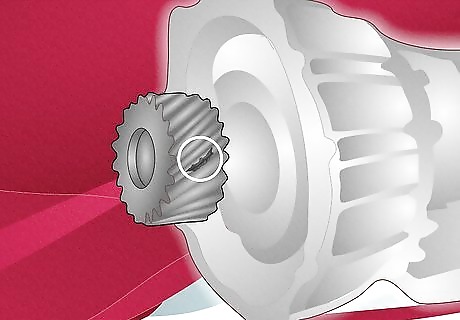
Damaged gears This is relatively rare, but if the physical gears in your transmission have worn down or failed, it’ll cause your transmission to slip. This is going to be one of the more obvious faults, since your vehicle will completely fail to shift gears and/or you’ll hear extremely loud grinding noises coming from your engine bay. Solution: See a mechanic or any transmission specialist to have the gears looked at. They’ll either fix any misalignment or replace the problem gears.

Clutch assembly damage The clutch automatically (or manually in a manual car), moves power from your motor to the transmission so that the transmission gets that extra oomph it needs to change gears. If that clutch is damaged, your transmission will slip as it struggles to swap gear positions. Solution: Give your local mechanic a ring. They’ll test your clutch assembly to determine if it needs to be fixed or replaced.
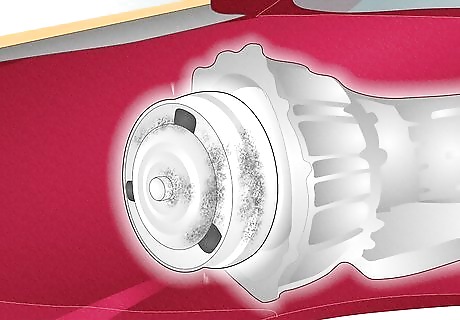
Torque converter issues (automatic vehicles only) Automatic cars have a hydraulic pump in the transmission called a torque converter. It helps the automatic clutch assembly convert rotational power for the transmission. If it fails, your transmission will slip, shake, and shudder. Solution: Get to a mechanic; they’ll look at the torque converter and repair it as needed.
Symptoms of a Slipping Transmission
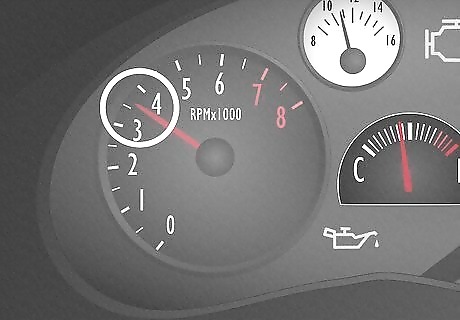
High RPM If your tachometer is reading over 3,500 RPM when you aren’t accelerating or the dial on the tachometer is in the red when you just casually hit the gas, it’s a sign your transmission is slipping. The engine will keep increasing its speed until it gets a message from the transmission that the gear is successfully changed, so if the transmission slipped, it will cause the engine to overaccelerate. If you press the pedal to the medal under normal, healthy transmission conditions, the dial on the tachometer should drop immediately as soon as you feel the gear shift.
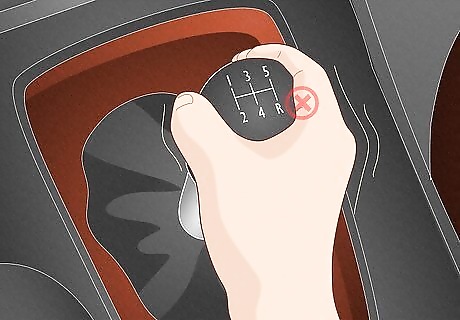
Inability to reverse When you reverse, your transmission flips the direction of the torque in the gearbox. But if your transmission is struggling or damaged, that’s likely going to be too tall of an order for the transmission, and your vehicle won’t be able to go backwards. You either won’t be able to physically move your gearshift into the reverse position, or you’ll feel so much resistance when you try that it’ll feel like you might break something.
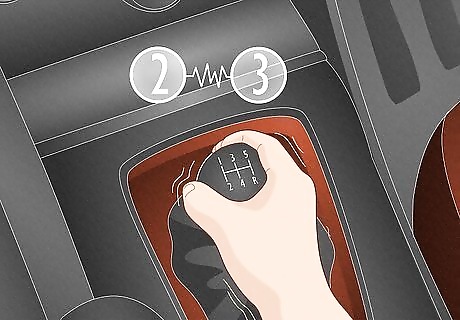
Delayed or uneven acceleration The inability to smoothly shift gears will cause your vehicle to respond slowly when you hit the gas. It might feel like you’re not entirely in control of the speed, or you might feel a jerking movement after your vehicle finally gets around to shifting.
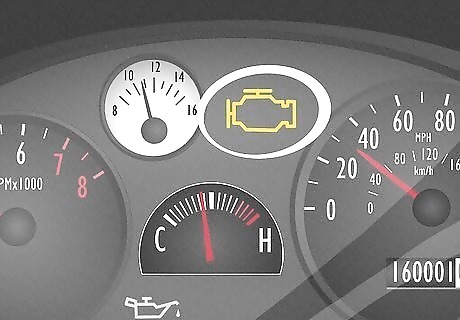
Check engine light on Your engine control module (ECM), which is the computer monitoring your engine, is going to know something is off when your traction slips repeatedly. As a result, that check engine light should illuminate on your dashboard. This light might even turn off when the transmission stops slipping, then come back on after it slips again. You may need to reset your check engine light if you repair the transmission yourself.
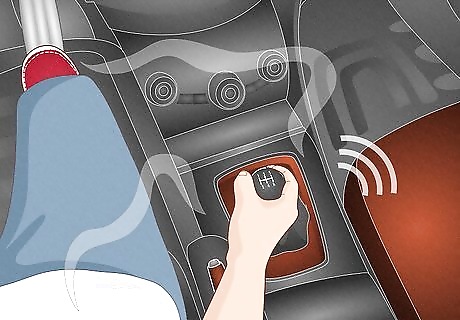
Odd sounds or smells Transmission fluid smells sweet, but it can have a burnt sugar aroma if it’s going bad or leaking. You may also smell something if the fluid in your torque converter leaks. On top of strange odors, you’ll probably be able to hear a slipping transmission, too. Your vehicle may rattle, clink, buzz, or bang depending on what’s specifically broken. Any sounds you hear are going to be the gears and belts in the transmission grinding against something they aren’t supposed to be grinding against. EXPERT TIP Hovig Manouchekian Hovig Manouchekian Auto Repair & Design Specialist Hovig Manouchekian is an Auto Repair and Design Specialist and the Manager of Funk Brothers Auto, a family-owned business operated since 1925. With over 30 years of experience in the automotive industry, Hovig specializes in the process of auto repair and maintenance. He is also very knowledgeable in common automotive issues and needs including engine repair, battery replacement, and windshield accessory and maintenance. Hovig's knowledge and hard work have contributed to Funk Brothers Auto winning Angie's List Super Service Award for five consecutive years. Hovig Manouchekian Hovig Manouchekian Auto Repair & Design Specialist Act immediately if there is coolant in your transmission. Flush the transmission fluid immediately to remove contamination. Identify the leak source and see a mechanic for diagnosis and repair. Ignoring this can destroy your transmission.
Can I drive with a slipping transmission?
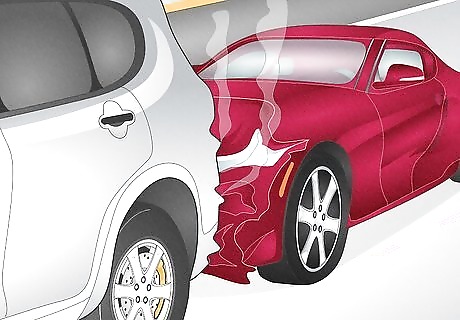
No, it’s dangerous to keep driving if the transmission constantly slips. It’s okay to drive your car to the mechanic if they’re close by and you go slow, but this isn’t a safe vehicle in the long run. Your transmission will eventually fail entirely if it constantly slips, and your vehicle will stall or stop moving. If you’re on a highway or busy road, this could lead to some disastrous outcomes. It’s even possible your vehicle surges and locks itself in an accelerative loop when your transmission fails if you’re unlucky, which can be even more dangerous if you aren’t quick to hit the brakes. A brand-new transmission can run up to $5,000 too, so it’ll be cheaper to address this problem before it leads to permanent damage.



















Comments
0 comment